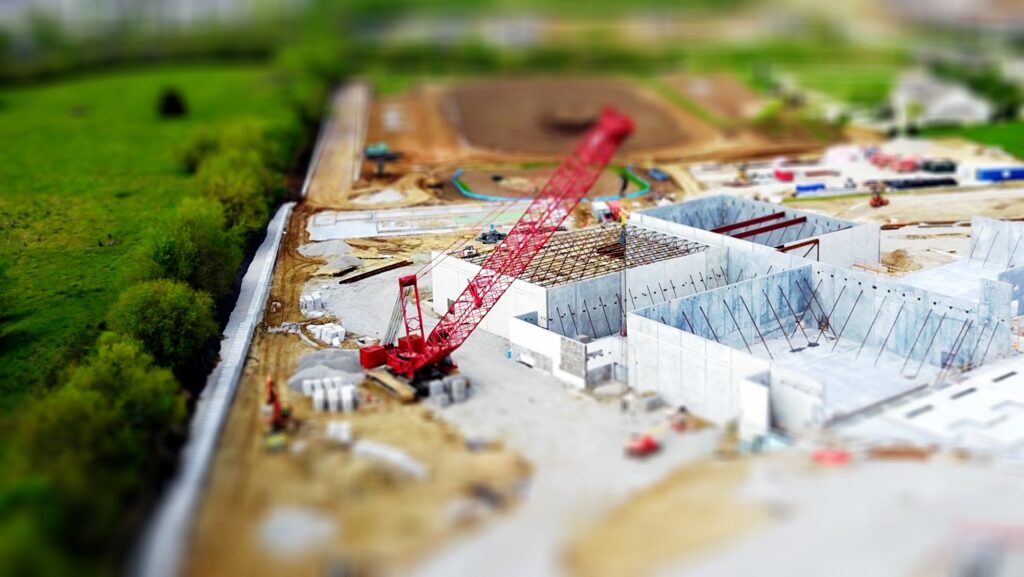The construction industry in the Philippines, once a vital sector driving economic growth, is currently grappling with a multifaceted challenge: an unprecedented surge in construction costs.
This surge, characterized by substantial increases in material, labor, and logistical expenses, has raised concerns about the sustainability of ongoing projects and the feasibility of future developments.
This article delves into the intricate web of factors driving the construction price increase in the Philippines, analyzing their interconnectedness and potential impacts on the nation’s economic landscape.
1. Escalating Material Costs
One of the primary drivers behind the surge in construction prices is the steep escalation of material costs. This phenomenon can be attributed to both domestic and international factors.
Internationally, disruptions in supply chains due to the COVID-19 pandemic have led to shortages of critical construction materials such as steel, cement, and lumber. These shortages, in turn, have created a demand-supply imbalance, pushing prices upwards.
Domestically, challenges such as inconsistent raw material production, increased transportation costs, and limited domestic manufacturing capabilities have further exacerbated the situation. For example, the Philippines’ heavy reliance on imported steel has made it particularly susceptible to global price fluctuations, which are influenced by factors like geopolitical tensions and international trade policies.
2. Labor Shortages and Wage Inflation
Another significant contributor to the construction price increase is the shortage of skilled labor. The Philippines, known for its workforce in various industries, including construction, has been grappling with an outflux of skilled workers seeking better opportunities abroad.
This brain drain has led to a scarcity of qualified personnel, driving up wages for the remaining workforce. Consequently, construction companies are faced with the challenge of meeting higher labor costs while maintaining project timelines and quality standards.
3. Regulatory Hurdles and Permitting Delays
Regulatory hurdles and permitting delays have long been a concern in the Philippine construction landscape. These challenges not only extend project timelines but also contribute to cost overruns.
Stringent regulations, complex permitting processes, and a lack of transparency can impede the progress of projects, resulting in increased expenses due to extended labor, equipment rental, and overhead costs.
4. Fluctuating Energy Prices
Energy costs constitute a significant portion of construction expenses. Fluctuations in energy prices, influenced by global oil prices and domestic energy policies, impact the overall cost of construction operations.
Increases in energy prices directly affect construction machinery, transportation, and site operations, amplifying the financial strain on construction projects.
5. Infrastructure Development and Demand-Supply Imbalance
The Philippine government’s ambitious infrastructure development plans, while crucial for long-term economic growth, have inadvertently contributed to the demand-supply imbalance in the construction sector.
The sudden surge in construction projects, both public and private, has strained the availability of construction materials and labor, leading to price escalation. The influx of large-scale projects has also heightened competition for limited resources, further driving up costs.
Impact and Outlook
The construction price increase in the Philippines has far-reaching implications for the economy. The surge in costs has the potential to deter potential investors, slow down ongoing projects, and reduce the feasibility of future developments.
The real estate sector, a significant contributor to the Philippine economy, is particularly vulnerable to these cost increases, as higher construction expenses may lead to reduced profitability and housing unaffordability.
To address these challenges, stakeholders need to collaborate on multiple fronts. The government must streamline regulatory processes, enhance transparency, and invest in skills development to counteract labor shortages.
Diversifying sourcing strategies for construction materials and encouraging domestic production can help mitigate the impact of international supply chain disruptions. Additionally, prudent energy management and investment in sustainable construction practices can provide some relief from fluctuating energy prices.
Conclusion
The construction price increase in the Philippines is a complex issue stemming from a nexus of domestic and international factors. While the challenges are significant, they also present opportunities for innovation and collaboration across sectors.
By fostering an environment conducive to efficient construction processes, investing in workforce development, and pursuing sustainable practices, the Philippines can navigate through these turbulent times and ensure a thriving construction industry that supports the nation’s economic growth in the long term.
To see other material construction prices, please see here.
To know other construction guides, tips, and methodology for beginners, veterans, and contractors, please see here.

